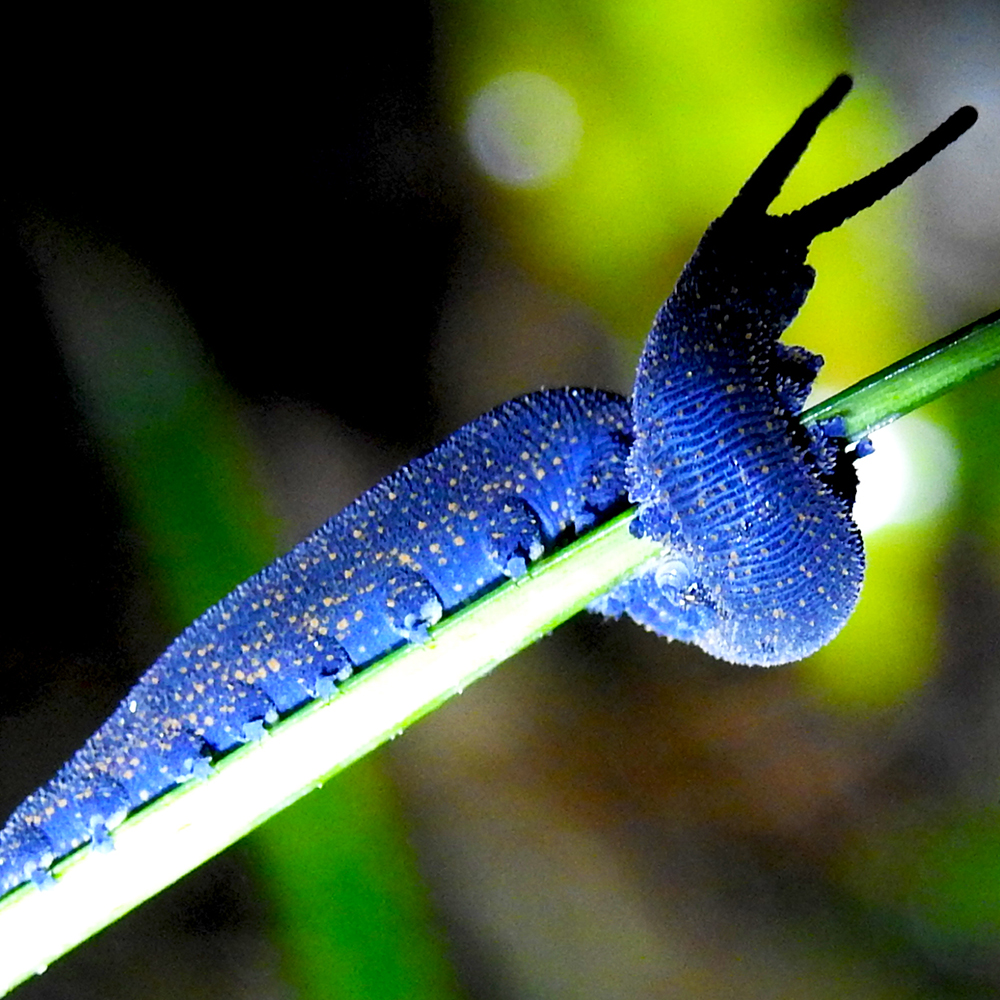Caring for our little forests
Forest fragments (small patches of native forest) have their own particular threats and management needs because of their small size, isolation from other forest areas and range of activities that occur on the land around them.
This page gives you more information about our region's precious forest fragments, and how we can protect and look after them.
Tools and monitoring information
Factsheets - Forest fragment managment
Check out our series of factsheets to find out more about forest fragments, the critters that call them home, and what we can do to take care of them and protect them for future generations.






